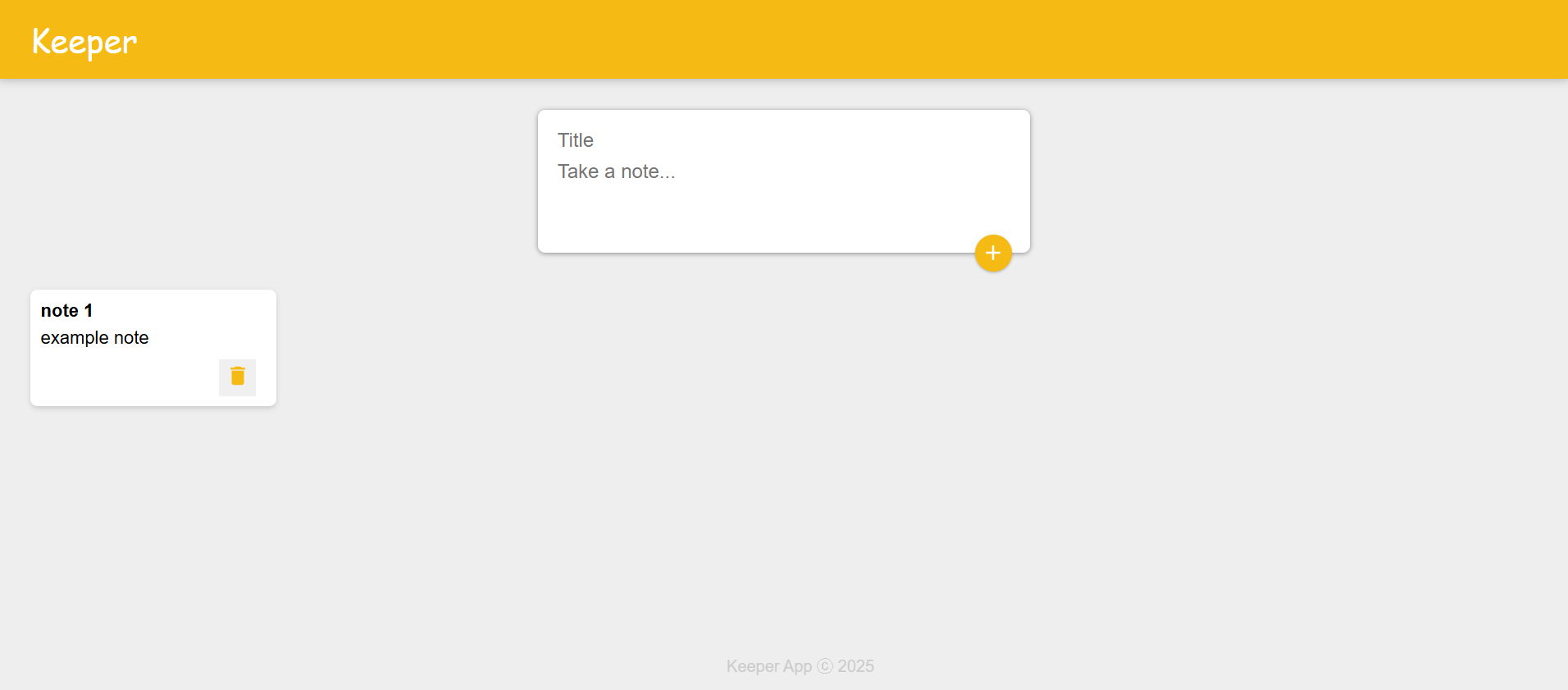
Keeper DApp — Case Study
A Google Keep–style decentralized note app built using a Motoko backend canister and a React frontend.
Lightweight, private, and fully on-chain.
Background / Why This Matters
Most note-taking apps rely on centralized databases.
I wanted to explore what happens when:
- the backend is a Motoko canister
- the storage is stable memory
- authentication is Internet Identity
- there is no server, no database, no vendor
The goal was to see how far a small, fast, fully decentralized UX could go.
Project Goal
Build a simple, private, low-latency note app where:
- notes sync instantly (optimistic UI)
- storage persists across canister upgrades
- cycle usage stays efficient
- dev experience works smoothly in both local and production networks
My Role
I built the entire project:
- Motoko backend canister
- React/Vite frontend
- Stable-memory storage schema
- Internet Identity login
- Optimistic UI syncing flow
Architecture Overview
Frontend
- React + Vite
- Optimistic UI for instant note creation
- Local shadow-state buffer to reduce backend calls
Backend (Motoko)
- Notes stored in stable variables
- Array-like table design (
{ id; text; timestamp }) - Upgrade-safe storage
- Batching logic to reduce cycles
Authentication
- Internet Identity
- Local dev root-key fetching patch
- Shared agent config for local/production
How It Works (Flow)
- User creates or edits a note.
- Optimistic UI updates instantly (no waiting).
- Notes are added to a write buffer.
- Buffer flushes periodically → Motoko canister writes.
- Notes stored in stable memory, remain across upgrades.
This flow makes the app feel like a central server exists — even though it doesn’t.
Key Challenges & Solutions
1. Cycle Cost & Write Efficiency
Problem:
Frequent writes to the canister were expensive and unnecessary.
Solution:
- Added a batching layer
- Compressed write payloads
- Reduced API calls by ~80% during fast typing
Why it mattered:
Made the app practical and cheap to run.
2. “Certificate Not Found” in Local Development
Problem:
Local agents on the IC require fetching a root key.
Without it, calls fail and debugging becomes painful.
Solution:
Conditional initialization:
if (process.env.DFX_NETWORK === "local") {
const agent = new HttpAgent({ host: "http://localhost:4943" });
await agent.fetchRootKey();
dkeeper_backend = createActor(canisterId, { agent });
} else {
dkeeper_backend = createActor(canisterId, { agent: new HttpAgent() });
}
Impact:
Local DX became smooth and predictable.
3. Stable-Structure Design
- Tradeoff:
- Dynamic collections are flexible but error-prone during upgrades.
- Decision:
- Use a fixed-shape stable list:
- predictable
- upgrade-safe
- ideal for small workloads
Outcomes / Learnings
Even though this project is private, it taught me:
- stable-memory patterns are fundamental on the IC
- optimistic UI dramatically improves UX
- batching writes can reduce cycle burn significantly
- backend agent configuration affects everything
- Motoko upgrades require careful data planning
This project became a strong foundation for future decentralized work.
Final Thoughts
Keeper DApp helped me understand what “small, decentralized apps” really feel like to build. It’s simple, but it taught me more about on-chain persistence and cycle-aware design than much larger projects.